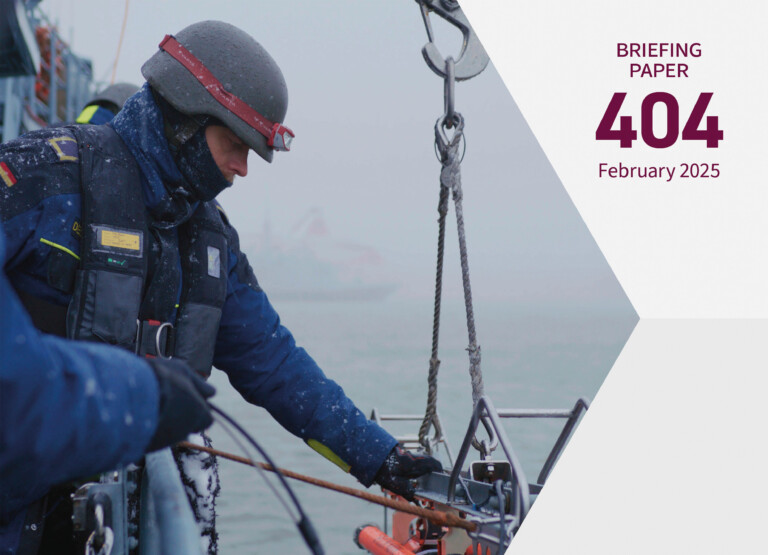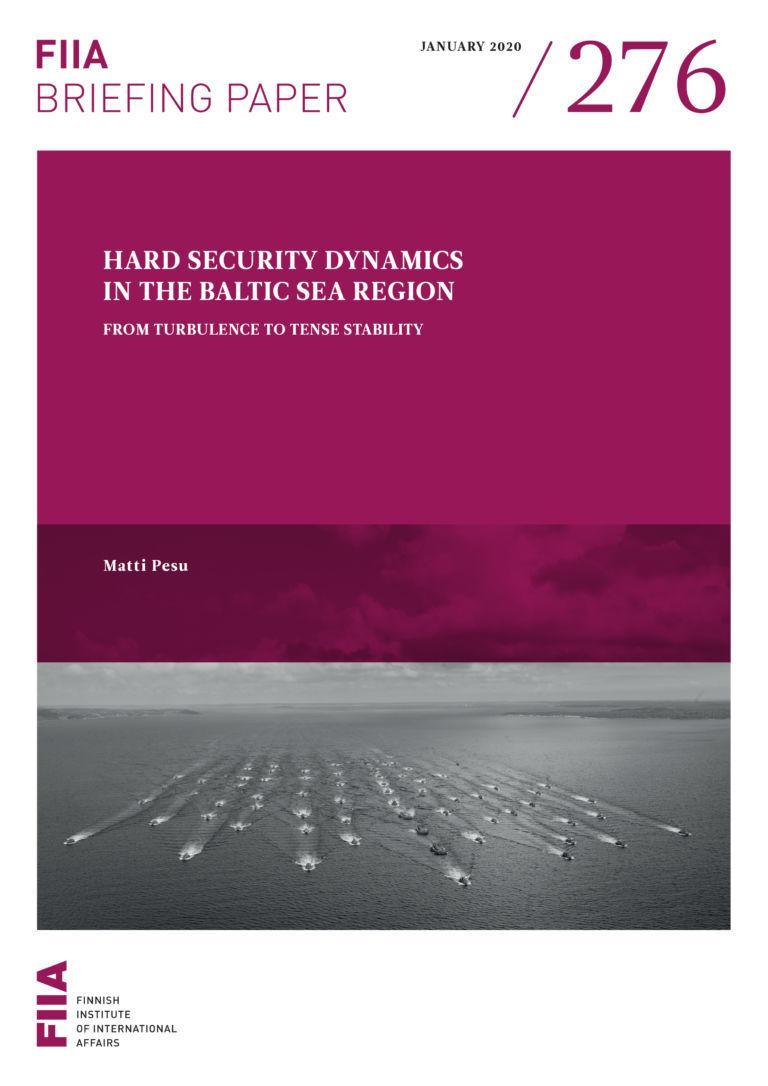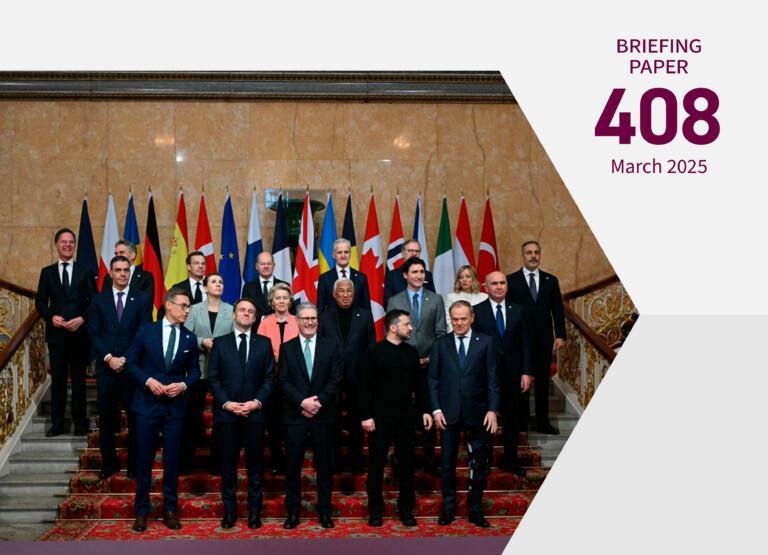
Recurring incidents damaging critical undersea infrastructure in the Baltic Sea underline the need for better ways to deter destabilizing acts, whether intentional or due to negligence.
These incidents should be viewed within the wider context of hybrid interference in the region, including the use of the so-called Russian shadow fleet. Responses should form a comprehensive and coherent set of actions targeting both state and non-state actors behind the interference.
To improve accountability and attribution regarding damage, affected states should aim to agree on a common operational protocol for pursuing and investigating suspected vessels, and invest more in surveillance and detection capabilities, including emerging disruptive technologies.
There is no silver bullet for improving deterrence within existing legal and political frameworks, but several smaller measures could help increase the costs of destabilizing acts. For instance, the EU could use its regulatory power as well as trade and economic tools to penalize those linked to the incidents, including, when appropriate, ship captains and crew, owners, flag states, and relevant port states.













